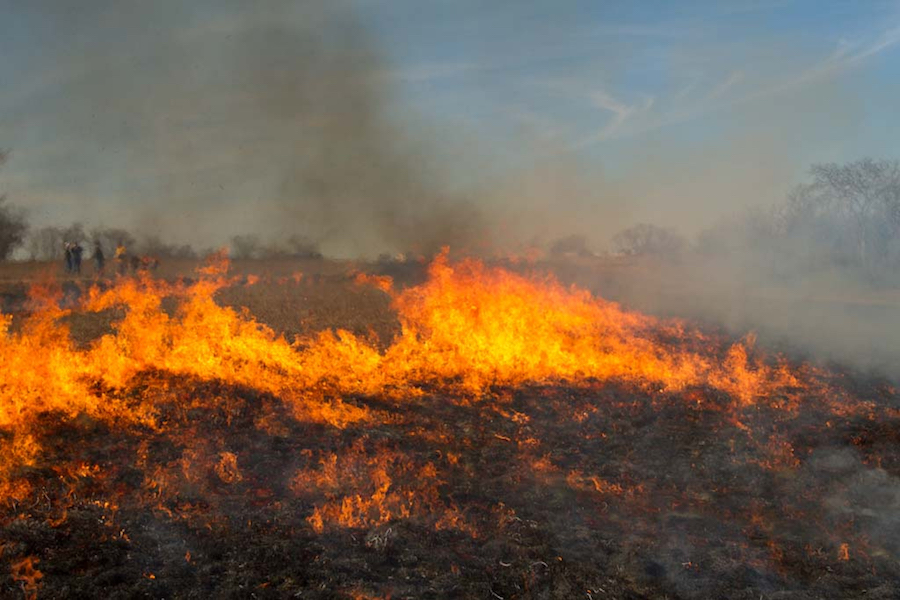Humans have used fire to shape the environment for millennia. Around the world, fire is an important tool for managing forests and preparing fields for crops.
Fire also plays an ecological role. Many forests evolved with frequent, low-intensity fires that remove trees damaged by storms or insects. Forest or field, ash from burned vegetation also returns valuable nutrients to the soil.
In the United States, as development creeps into the wildland-urban interface, fire is increasingly seen as a threat. At the same time, drought and decades of fire suppression and reduced timber harvests on public forests have led to a fuel build up that contributes to catastrophic wildfires.
Precisely because humans have managed fire for thousands of years, we know how to mitigate wildfire risk. Prescribed burns are used by ranchers, farmers, and foresters to clear vegetation and create buffer zones to protect property. When a land manager determines there is a fire risk on or adjacent to her property, she can apply for a prescribed burn permit from local or state agencies.
But there’s a problem: Landowners are often deterred by the potential cost of a fire that burns out of control. To help Oklahoma landowners manage liability, the Samuel Roberts Noble Foundation teamed up with the Oklahoma Prescribed Burn Association and brokers at the Bramlett Agency to provide prescribed burn insurance. If an insured landowner follows prescribed burn protocols but the fire accidentally spreads, Bramlett will cover the costs of fire damage. By sharing best management practices and pooling risk across the state, prescribed burn insurance is helping landowners reduce fire hazards. The Foundation is also working to make prescribed burn insurance available across the country, but scaling up means navigating legal and regulatory environments that vary by state.
On public lands, the story is similar. Public land agencies often lack funding to conduct prescribed burns or manage for fire. PERC Enviropreneur David Groves has designed an Environmental Impact Bond (EIB) allowing the Forest Service to borrow against future wildlife suppression funds. In a pilot project in California last year, private investors provided capital for restoration practices to make forests more resilient to wildfires. The future of the project is unclear, but given that much of the fire risk in the West comes from public lands, innovative solutions like the EIB are critical.
Stay tuned for PERC’s forthcoming wildfire policy report and Wildfire Solutions Summit on July 22nd in Bozeman by visiting live-perc-wp.pantheonsite.io/wildfire.
For more prescribed burn resources, visit noble.org/fire.




